Christianity on Polish territory has a much richer tradition than solely the Latin stream. Omitting of the existence of traditions connected with Methodian, Byzantine and Rus rites did not enrich Polish cultural heritage. Rather, to the contrary, it impoverished it.
The development of Orthodox Church in Poland is based on the three aforementioned traditions, especially the Methodian-Rus variety of the Byzantine rite. Byzantine Christianity influenced Orthodoxy on the Polish territory, but it was grounded in Methodian-Rus rite. This form of Christianity was accepted by citizens of Czerwieńsk fortified towns, the country of a Vistulan tribe as well as settlers living between rivers Wieprz and Bug. Therefore, Eastern Christianity was a constant element of spiritual life in over a housand-year long history of the Polish country. Raising awareness about religious history and traditions of Orthodox believers plays a fundamental role in learning about and understanding Polish history. Only through this we will be able to get a broader perspective on the beginning and development of Christianity on Polish territory. We are not doing it in the name of the humanist ecumenism. We are doing it in order to learn about the past and to acknowledge the common religious roots of the former and present-day citizens of the Republic of Poland.
Organizer


Partners


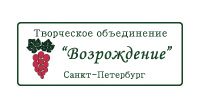


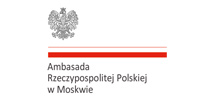
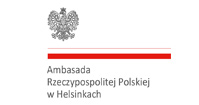
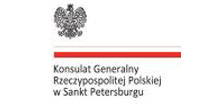
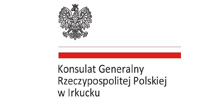
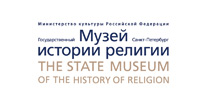
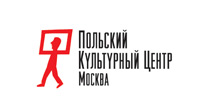

Media partners


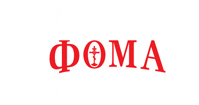
Sponsors







Projekt współfinansowany w ramach projektu Promesa 2017 przez Ministerstwo Kultury i Dziedzictwa Narodowego